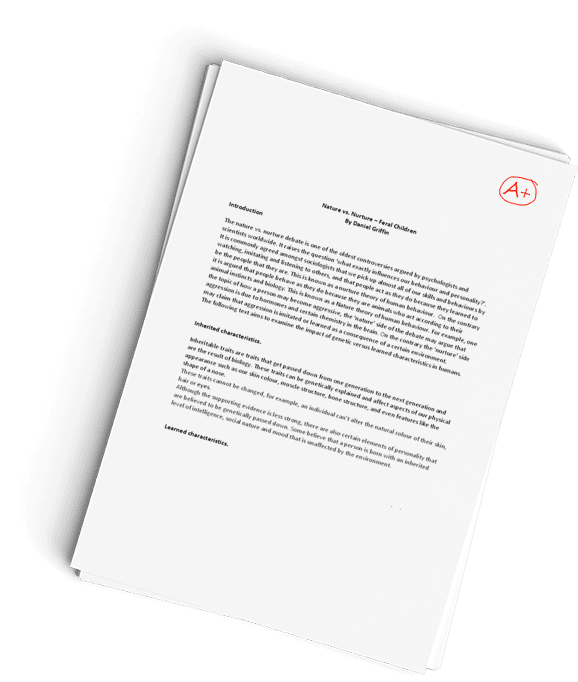responses to classmate 22
Question Description
frist one S A
One of the Rs that Hopkin (2017) talks about is rating risks with respect to magnitude and likelihood. In my understanding, risk magnitude refers to the potential impact that a certain risk may have on an organization, such as the number of machines that will be down or the percentage of operations affected. Different risks have different magnitudes, and the best way to manage them is to rate them from the high-magnitude risk to the low-magnitude risks (Macnamara et al., 2019). Likelihood refers to the odds that a risk will actually occur. It is good practice to dedicate time and resources to risks that have a high odd of occurring. For example, fire starting in an electrical company is more likely than in a water refilling station. While the fire risk is still present in both cases, the electrical company will devote more resources to preventing and addressing fire incidences than the water refilling station. The water station will have other risks to prioritize that the electrical company might not necessarily give much of a thought. The combination of risk magnitude and likelihood is an excellent risk management tool because it allows organizations to focus on the risks that matter. Also, this approach helps to decide which risks to treat, transfer, terminate, or tolerate.
References
Hopkin, P. (2017). Fundamentals of risk management: understanding, evaluating, and implementing effective risk management. Kogan Page Publishers.
Macnamara, A., Loetscher, T., & Keage, H. A. (2019). Judging risk magnitude: walking to the left and base jumping to the right. Experimental brain research, 237(3), 653-662. https://doi.org/10.1007/s00221-018-5449-2
second one A A
The sequential risk assessment process can be referred to as what Hopkins represented as the 8 Rs and 4 Ts. The eight stages of risk management are strongly correlated with each other. For instance, the first stage “Recognition or identification of risks” will lead the organization or the individual to the second stage which is “Rating the risks in terms of magnitude” which, in turn, can help in “Ranking the level of the risk against the risk appetite” and so on. However, one of the 8 Rs is very helpful to the organizations and individuals to determine the appropriate risk response action (4Ts), which is “Rating or evaluation of risks in terms of magnitude and likelihood to produce the risk profile that is recorded in a risk register” (Hopkin, 2017, p 51).
When the risk is identified, one effective way to set the acceptable management procedures is by rating the risks based on their magnitude and likelihood of occurrence. That can be done by making a risk matrix that categorizes the risks in terms of their intensity. Subsequently, each risk will be managed by one of the 4 Ts, either by transfer, treat, tolerate, or terminate (Hopkin, 2019). For example, when a hazard is identified and rated on the risk matrix as the likelihood of occurrence is high, but the magnitude is low (e.g., power outages in the summer season), the rational response is to tolerate the risk as long as it doesn’t impact people’s lives. In another case, when a hazard rated on the risk matrix as the likelihood of occurrence is low, but the magnitude is high, the most effective way to handle the risk is by transferring it (e.g., property damage due to a devastating natural disaster). All together, rating the risks in terms of their likelihood and magnitude will help in making the suitable risk response plan.
Reference
Hopkin, P. (2017.) Fundamentals of risk management: Understanding, evaluating and implementing effective risk management. P: 51. NY, NY.
Edited by Abdullah Alghamdi on Oct 27 at 1:59pm
Have a similar assignment? "Place an order for your assignment and have exceptional work written by our team of experts, guaranteeing you A results."








